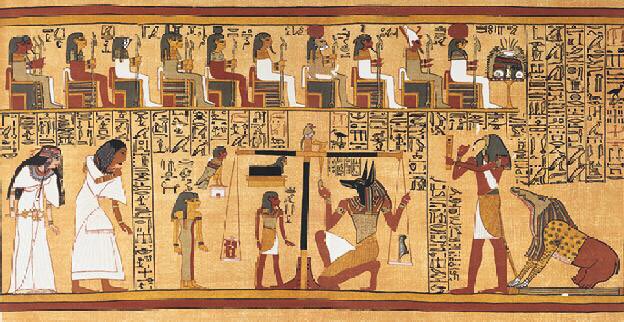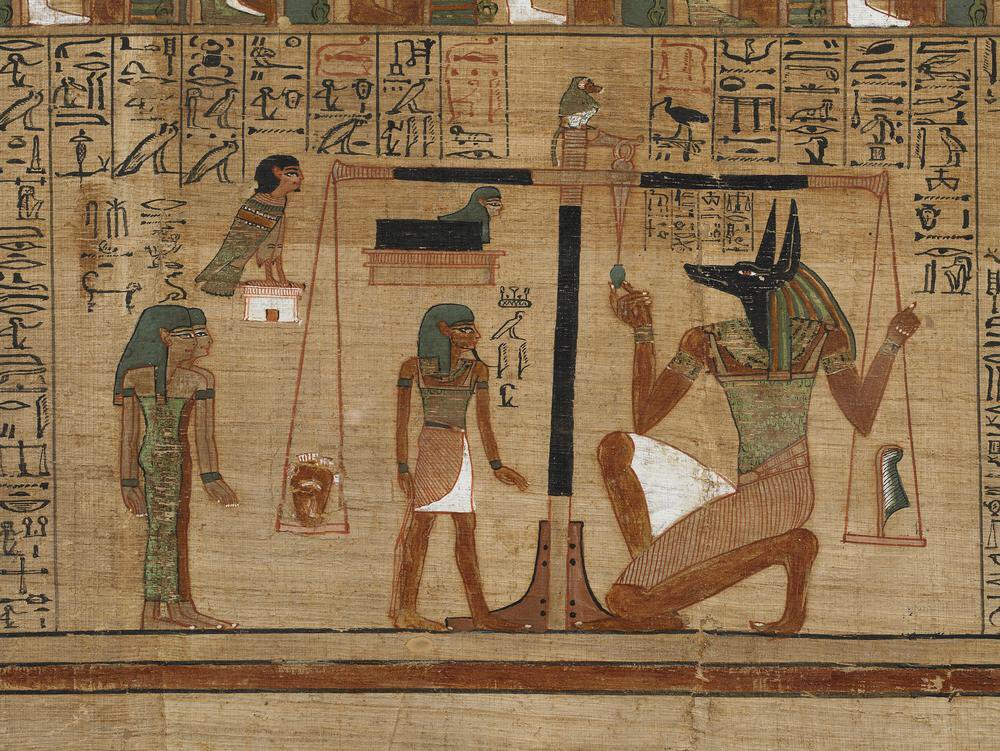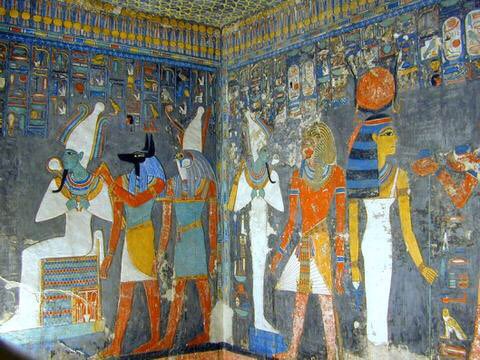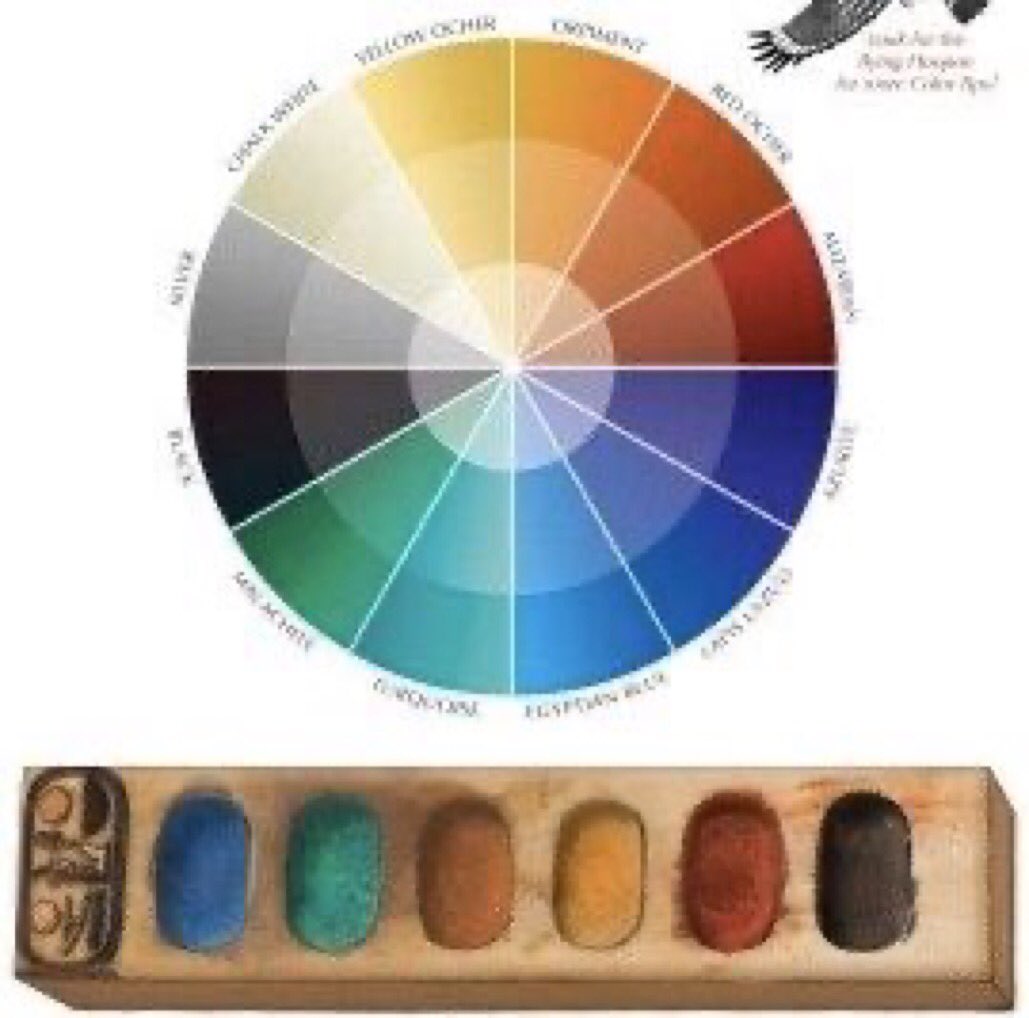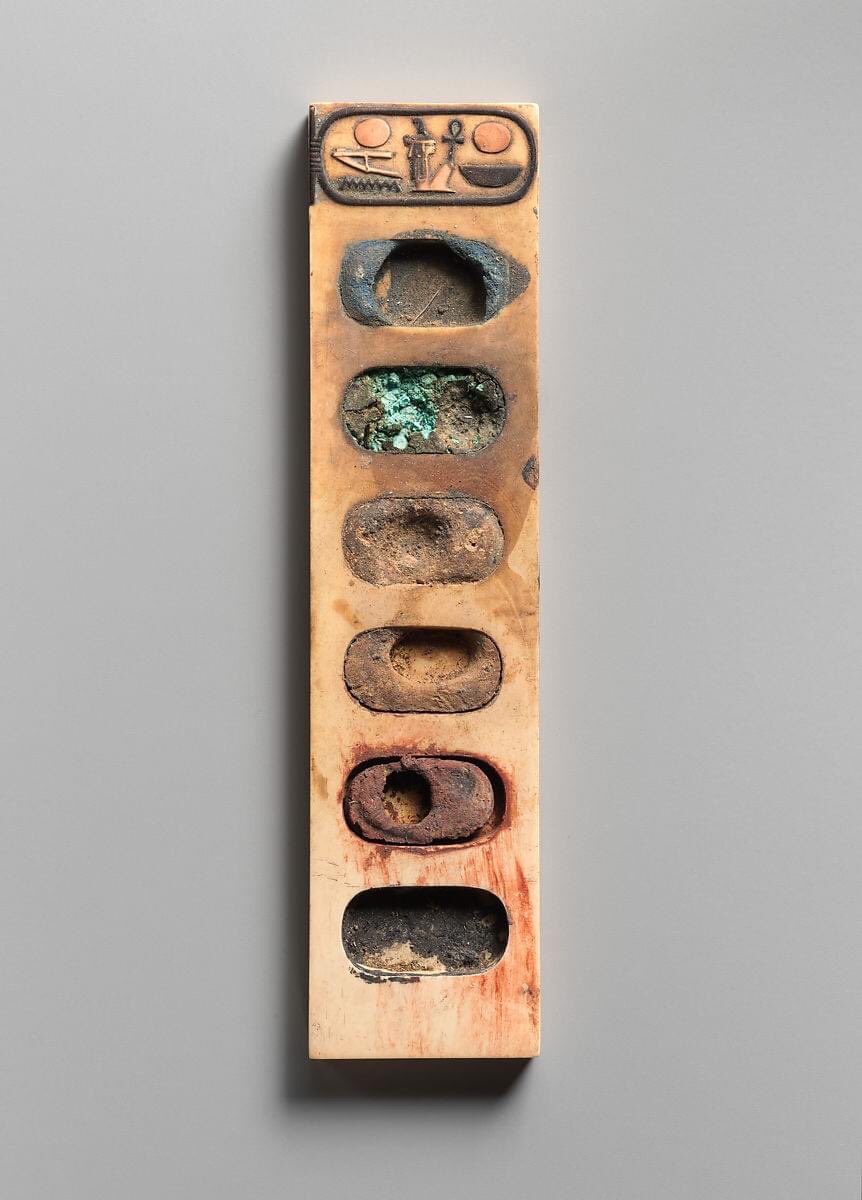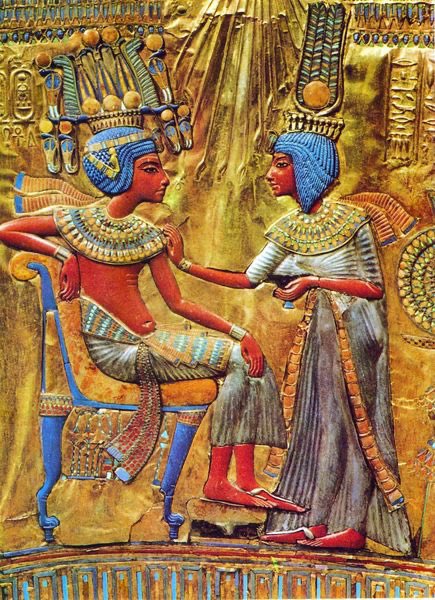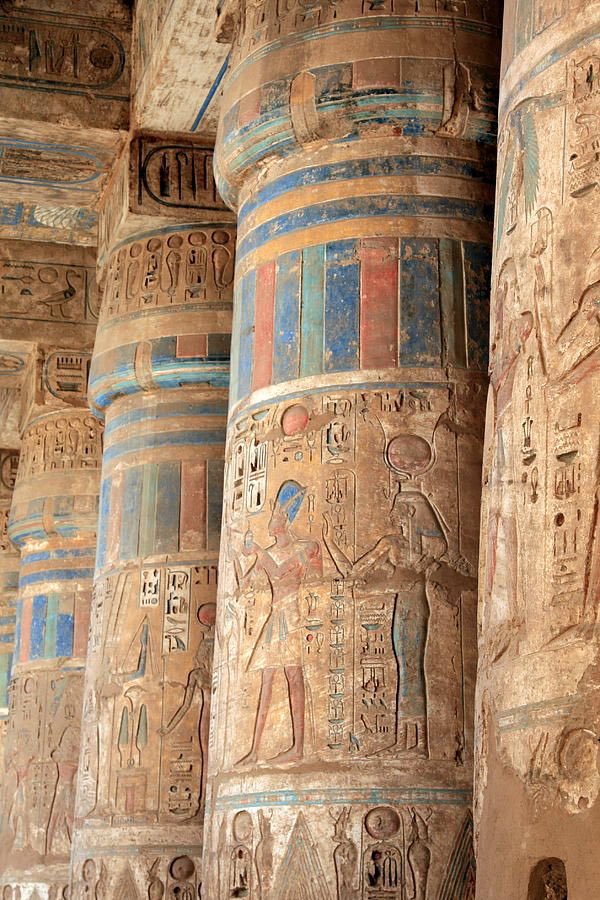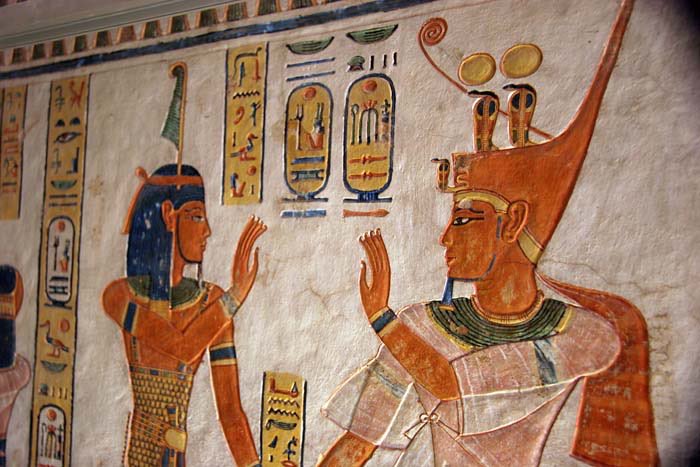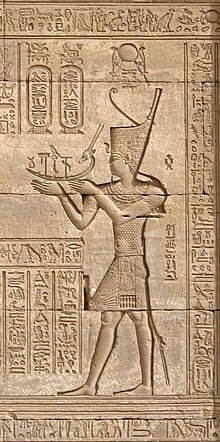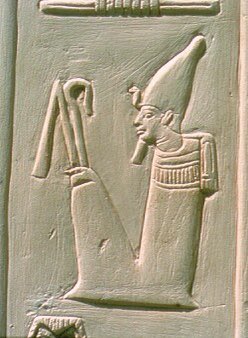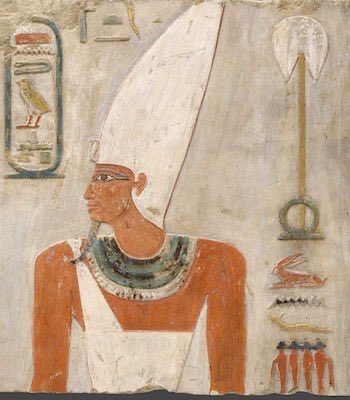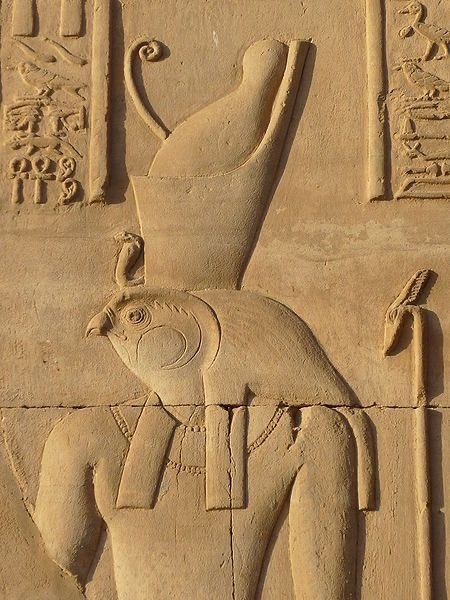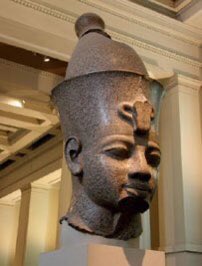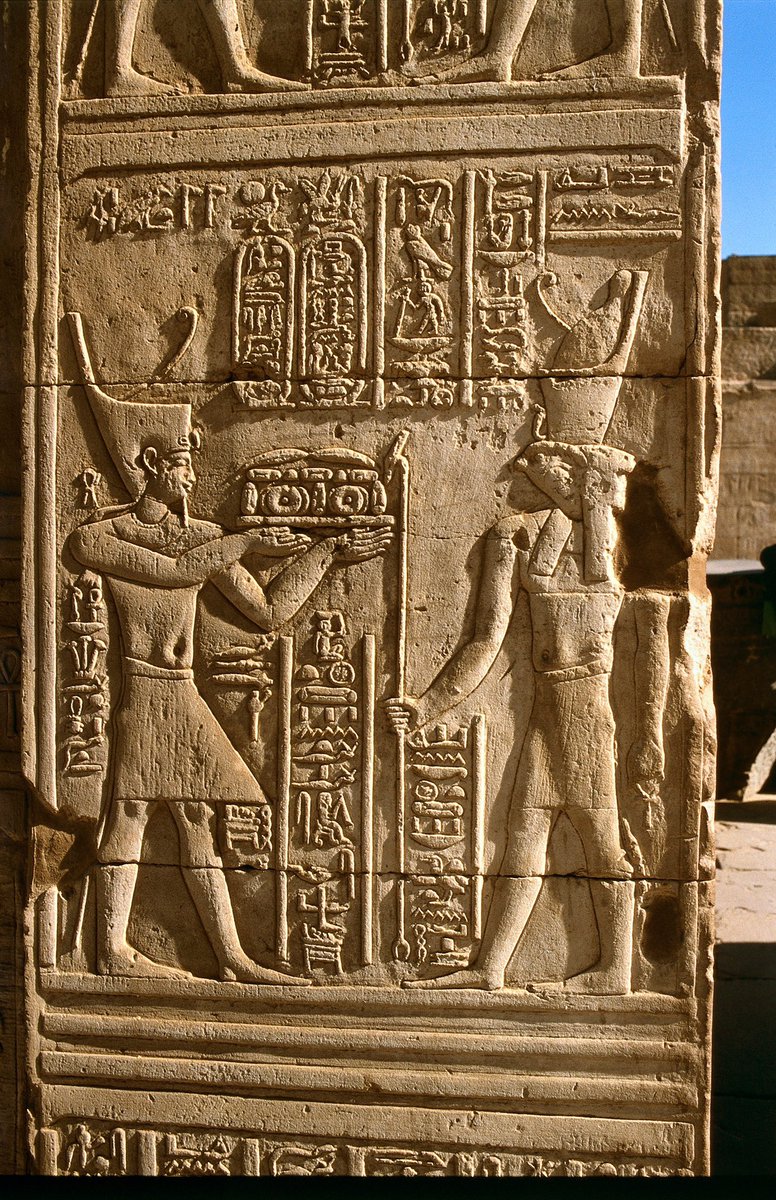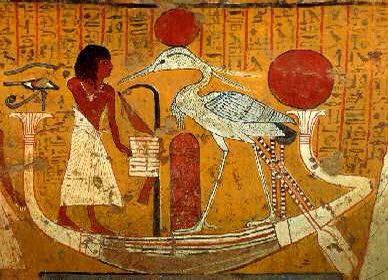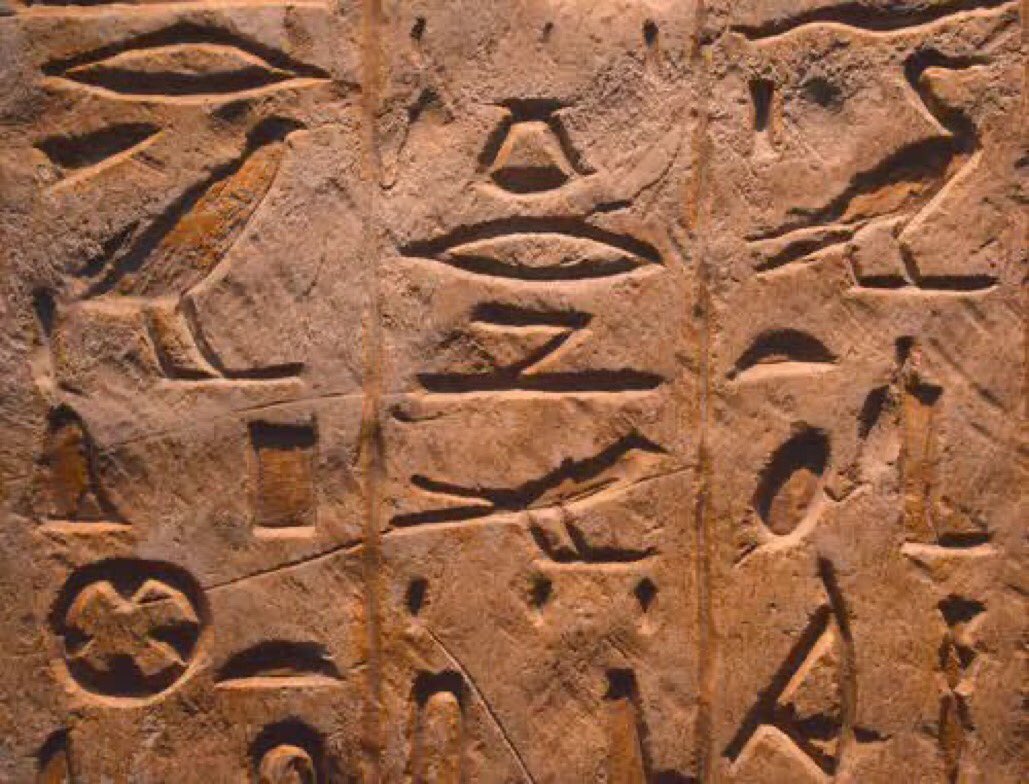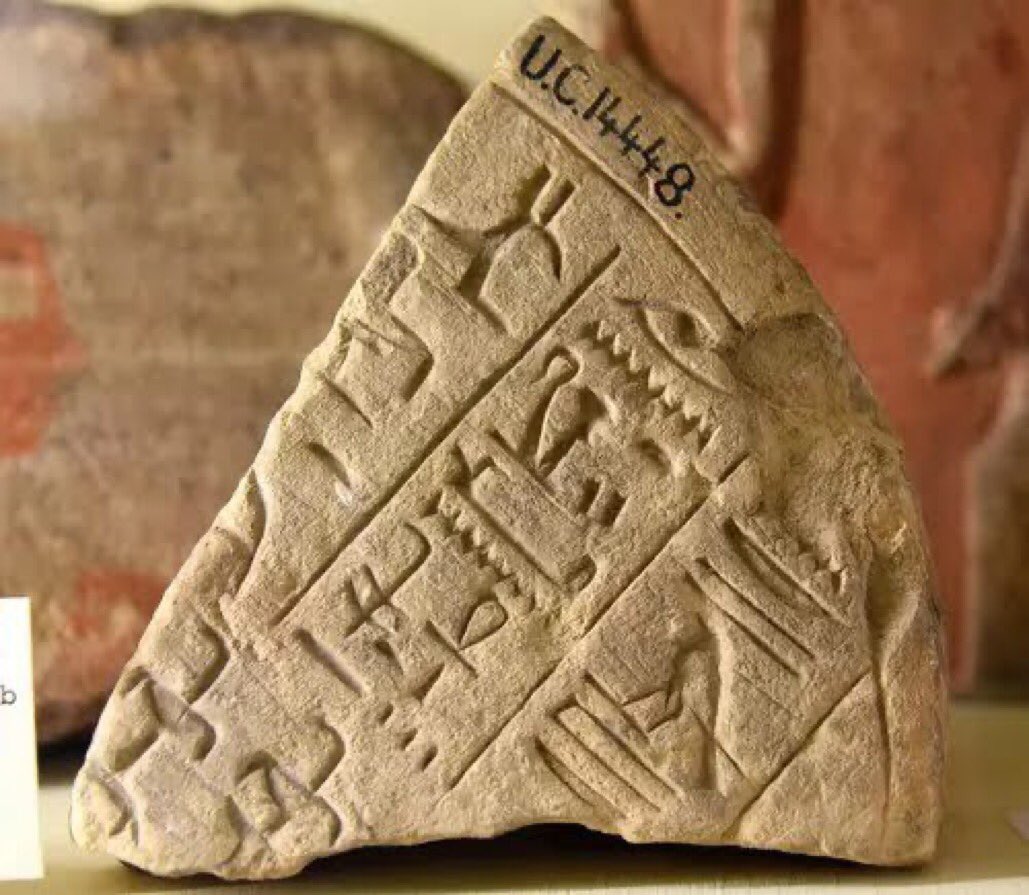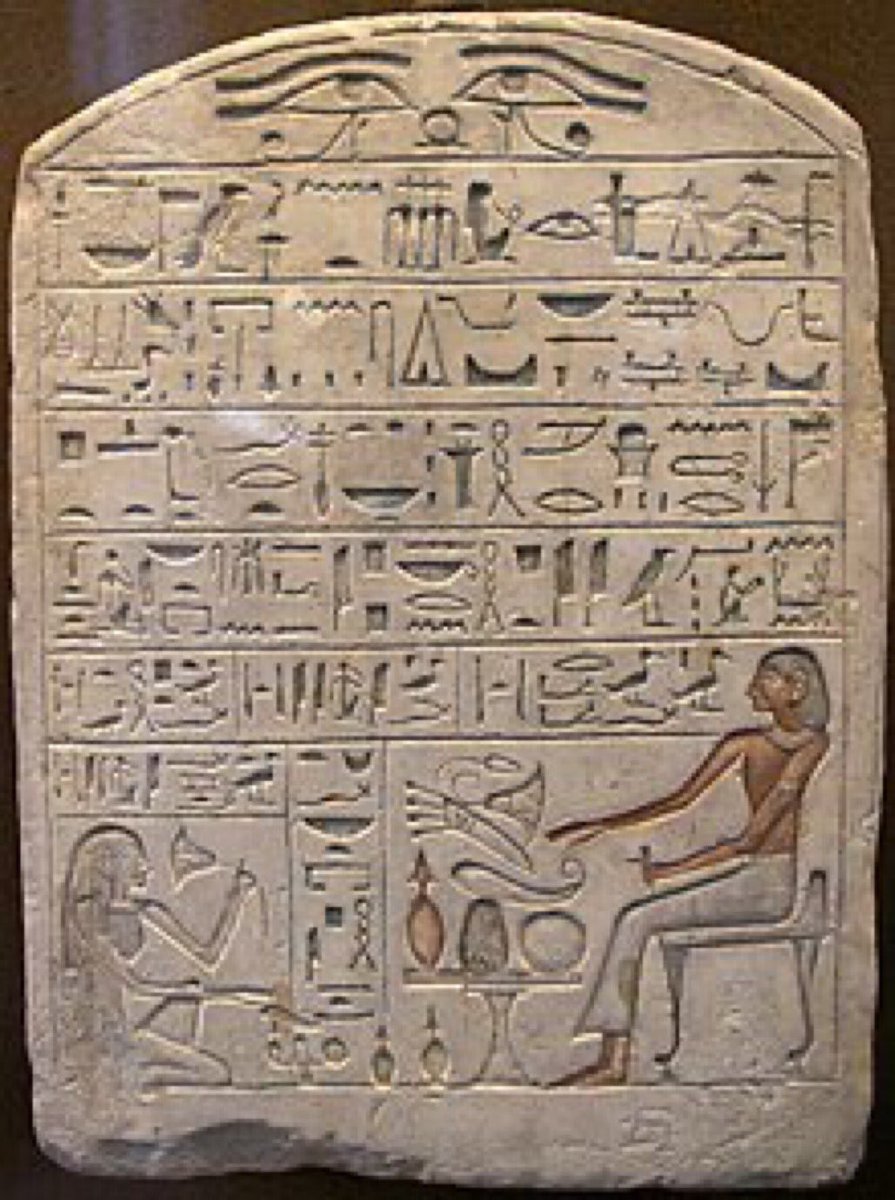
Ancient Egyptian’s two most common pigments seen on papyri are black and red. The black ink was mostly used for writing hieroglyphs or hieratic text, this ink was made by burning wood or oil, and then pulverizing the material before mixing it with water. 

To avoid the particles from clumping together, the powder was mixed with a binder, probably a plant gum from the Acacia tree family. Besides keeping the carbon particles suspended in the water solution, the gum binder helped to keep the ink adhered to the papyrus surface. 



This ink was stable, didn’t fade or deteriorate the papyrus. The red color on the papyrus, derived from the earth pigment iron oxide. Like most pigments used in ancient Egypt it was made from minerals, rather than from organic or living materials. 

Red pigment was used to distinguish titles and headings from the rest of the text. Ancient Egyptians used a wooden palette for red and black ink, and reed brushes to write the text, they allowed the scribe to vary the thickness of the line. 





The vignettes were often painted in one color within an outlined area, rather than layered to create highlights or shading. In addition to naturally-occurring pigments, ancient Egyptians created the first artificially made pigment, Egyptian Blue or blue “frit .” 

Other mineral pigments have been found in ancient Egyptian materials, including copper chlorides also familiar as the bright bluish green corrosion products seen on bronze metals, as well as mixtures of Egyptian blue with yellows to create greens in the vignettes. 

During the Ptolemaic period, reed pens, and a palette for blue, green, black, white, red and yellow pigments were used as well, and recent studies show copper elements on the ink used on papyri. T. Christiansen, A. Sanders, R. Danzing. 





• • •
Missing some Tweet in this thread? You can try to
force a refresh



